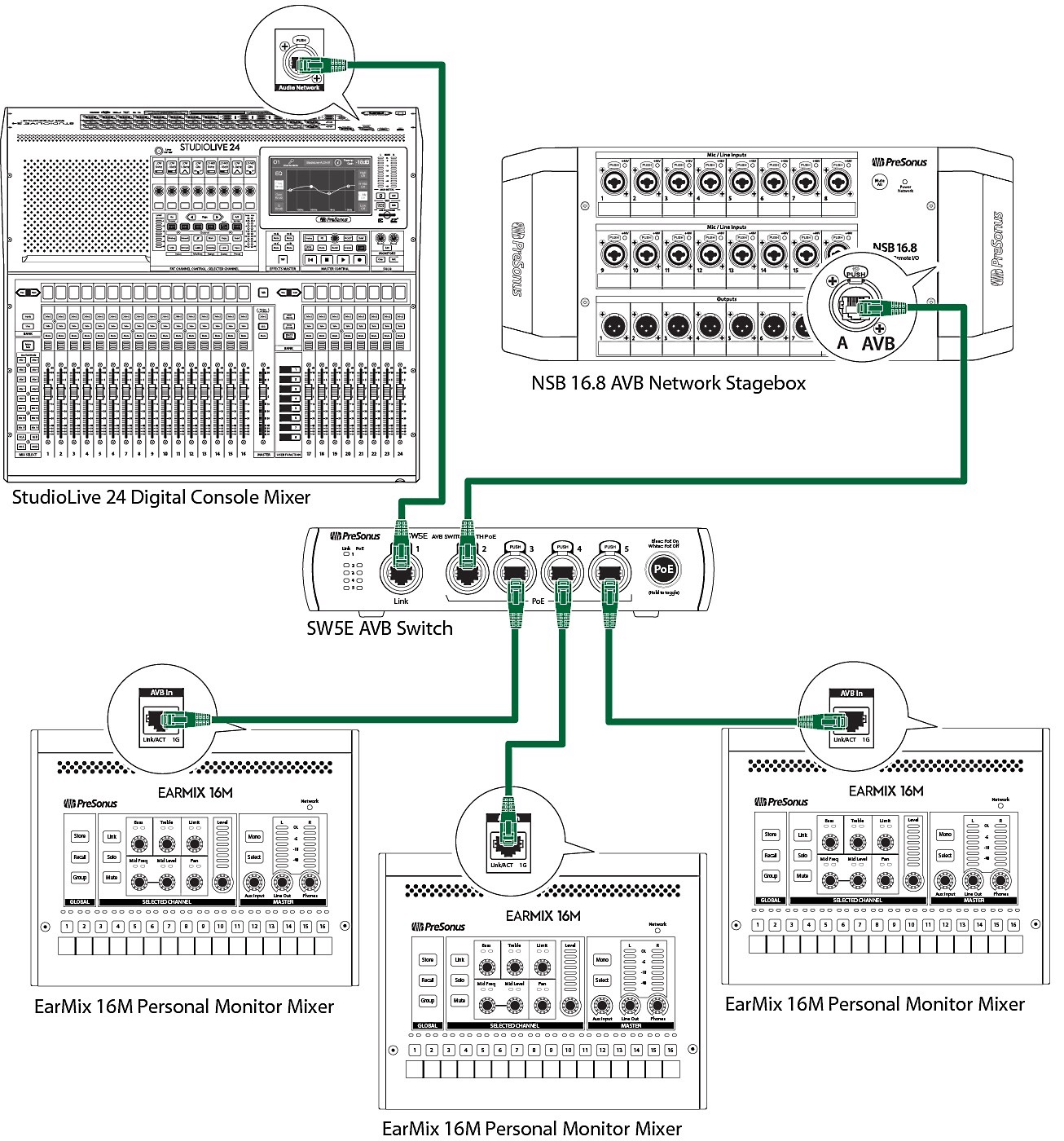
Addressing
Every Network Interface Controller (NIC) on the network must have an address so that the switches know where to send the data packets appropriately.
Every NIC must have a Media Access Control (MAC) address programmed by the manufacturer. Every MAC address is unique, and the allocation of MAC addresses to networking manufacturers is strictly managed by the IEEE standards organization.
In addition to a device’s MAC address, every NIC has a user-definable addressing layer to make it easier for network managers to configure their local network. Called the Internet Protocol or ‘IP’ address, this is normally 4 bytes long (IPv4) consisting of the network number and a host address. The division between the two is also 4 bytes long and called the subnet mask.
Every bit in the IP address that has the number 1 in the subnet mask belongs to the same network number. Every bit that has the number 0 belongs to the host address. Where things get tricky is that only NICs with the same network number can exchange data with one another.
If you’ve ever glanced at the network settings on your personal computer, some of this may seem familiar to you. The operating system on your computer displays the IP and subnet values as four decimal number (0-255). These numbers correspond to the four bytes in the IP address and subnet mask.
If we use the example of a small office network, the subnet mask usually has a default value of 255.255.255.0. This provides the network administrator with 255 host addresses to use because only the last byte can be changed when it is assigned to devices on the network (255.255.255.1, 255.255.255.13, etc.). For networks that require more than 255 host addresses, the subnet mask can be changed to accommodate more devices.
The IP addresses can be programmed manually for systems that require it, but in many cases, a central device, such as a router, will automatically assign an IP address whenever a NIC is connected or reconnected. This automatic IP assignment is accomplished using the Dynamic Host Configuration Protocol (DHCP).
StudioLive mixers support DHCP, self-assigned IP addressing, as well as manually assigned addressing. This provides network administrators with the most flexibility when designing a system that includes StudioLive mixers.
Read the original article here.
